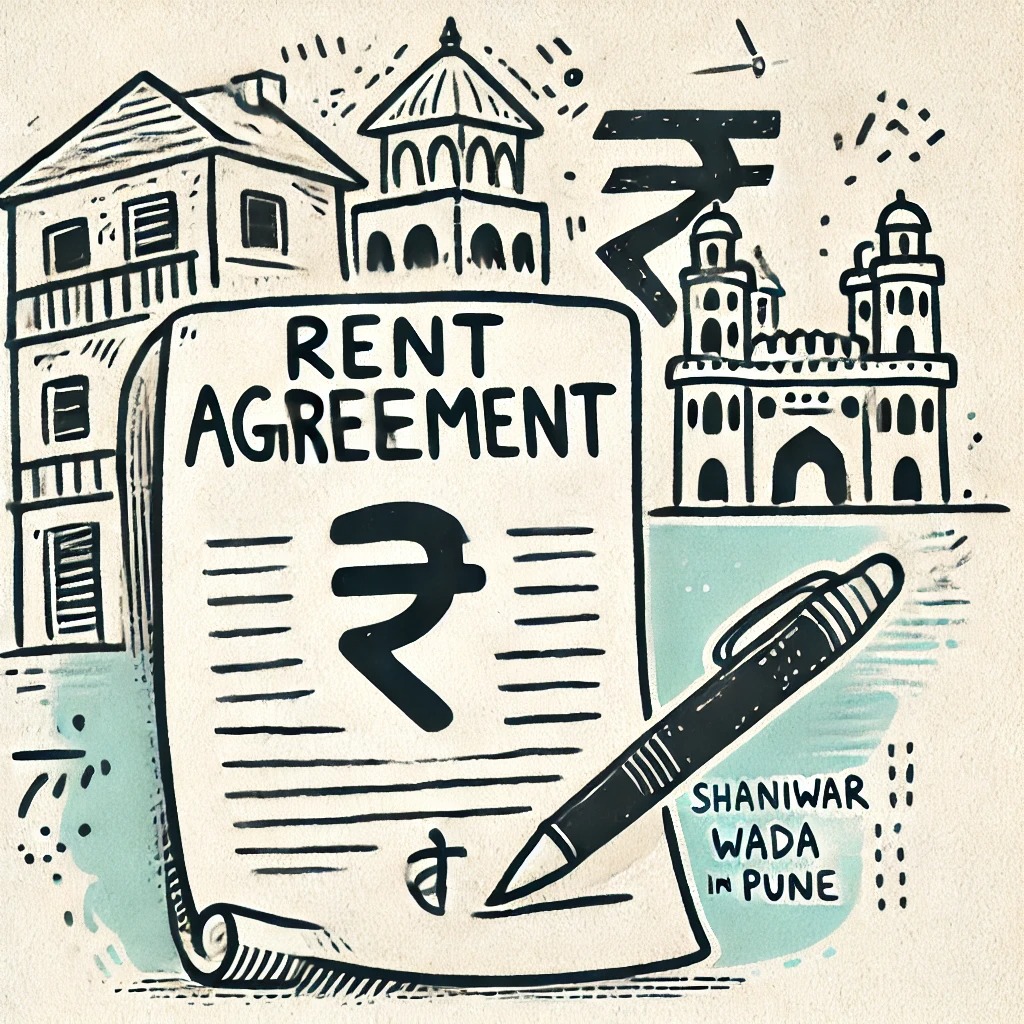When renting a property in India, tenants must be aware of the Tax Deducted at Source (TDS) rules, especially if the property is owned by a Non-Resident Indian (NRI). Here’s a comprehensive guide to help you understand these rules: What is TDS? TDS is a means of collecting income tax in India, where the payer (in this case, the tenant) deducts a certain percentage of the payment and remits it to the government on behalf of the payee (the NRI landlord). TDS Rate for NRI-Owned Properties: For properties owned by NRIs, the TDS rate is 31.2%. This rate applies regardless of the amount of rent paid. Steps to Deduct TDS Calculate the TDS Amount: Determine the amount of rent payable and calculate 31.2% of this amount to find the TDS. Deduct TDS: Deduct the calculated TDS amount from the rent payment. Deposit TDS: Deposit the deducted TDS with the Income Tax Department within the specified time frame (usually within 30 days of the deduction). Filing Form 15CA: After deducting TDS, the tenant must file Form 15CA online with the Income Tax Department. This form provides details of the payment made to the NRI landlord and the TDS deducted. Providing TDS Certificate to the Landlord: The tenant must provide the landlord with a TDS certificate (Form 16A) within 15 days of making the TDS payment. This certificate states the amount of rent paid and the TDS deducted. Exemptions and Lower TDS Rates: In certain cases, the tenant may be eligible for a lower TDS rate or exemption from TDS. For example, if the annual rent is below a certain threshold, a lower TDS rate may apply1. Additionally, NRIs can claim exemptions on rental income if they have a certificate under Section 197 stating their income is below the exemption limit2. They can also benefit from the Double Tax Avoidance Agreement (DTAA) if they reside in a country that has this agreement with India3. Penalties for Non-Compliance: Failure to deduct TDS or deposit it with the Income Tax Department can result in penalties. It’s crucial to comply with the TDS rules to avoid any legal consequences. Frequently Asked Questions (FAQs) Q: Is TDS mandatory for all rental payments to NRIs? A: Yes, TDS is mandatory for all rental payments to NRIs, irrespective of the amount. Q: What happens if the tenant fails to deduct TDS? A: The tenant may face penalties for non-compliance with TDS rules. Q: Can the tenant claim the TDS amount as a deduction? A: No, the tenant cannot claim the TDS amount as a deduction. The TDS is a tax collected on behalf of the NRI landlord. By understanding and following these rules, tenants can ensure compliance with TDS regulations when renting properties owned by NRIs. If you have any specific questions or need further assistance, feel free to ask! If you want to use services of a CA, send a request via https://MostlyNRI.com










